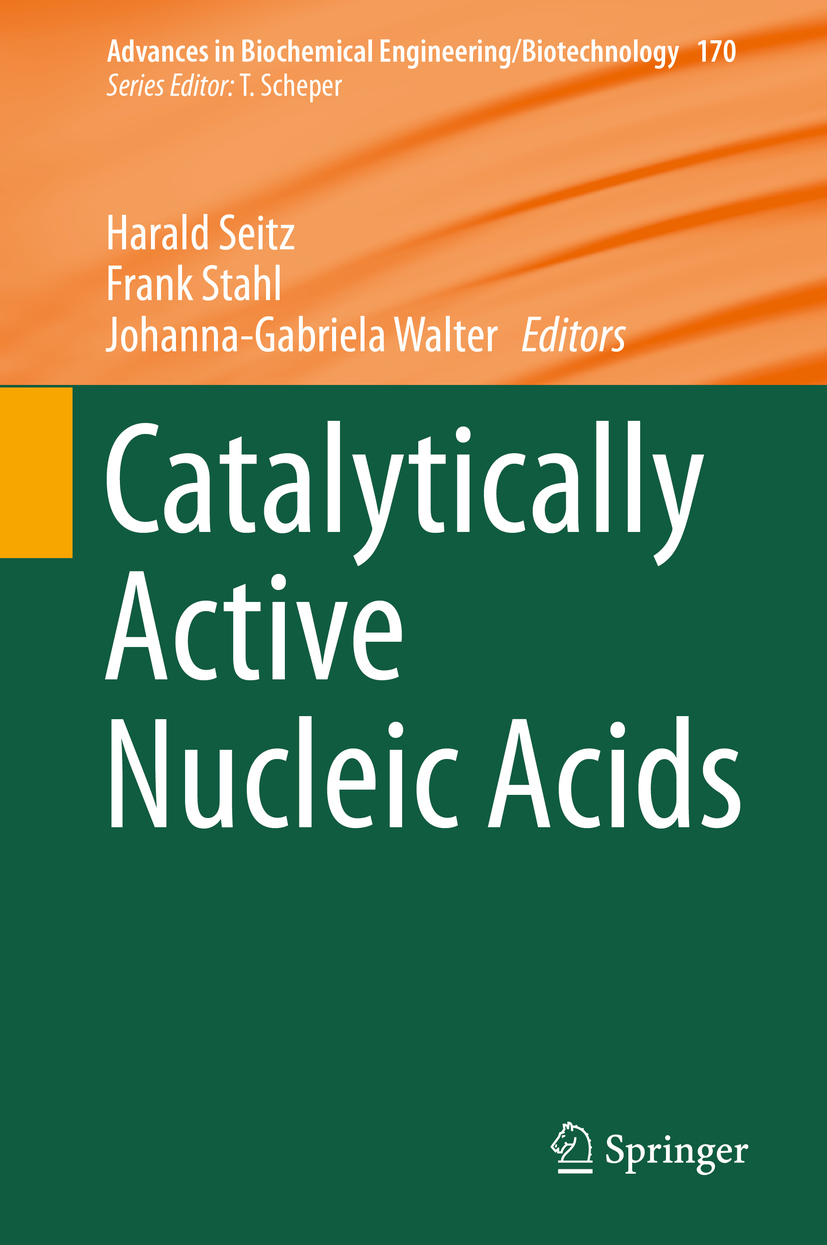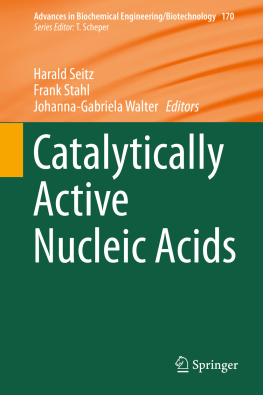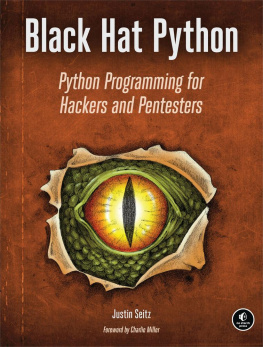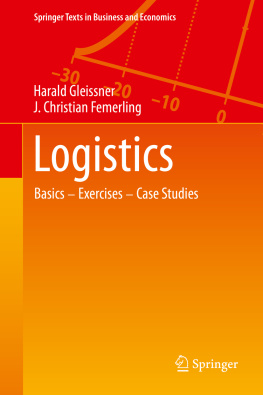Harald Seitz - Catalytically Active Nucleic Acids
Here you can read online Harald Seitz - Catalytically Active Nucleic Acids full text of the book (entire story) in english for free. Download pdf and epub, get meaning, cover and reviews about this ebook. year: 2020, publisher: Springer International Publishing, genre: Romance novel. Description of the work, (preface) as well as reviews are available. Best literature library LitArk.com created for fans of good reading and offers a wide selection of genres:
Romance novel
Science fiction
Adventure
Detective
Science
History
Home and family
Prose
Art
Politics
Computer
Non-fiction
Religion
Business
Children
Humor
Choose a favorite category and find really read worthwhile books. Enjoy immersion in the world of imagination, feel the emotions of the characters or learn something new for yourself, make an fascinating discovery.
- Book:Catalytically Active Nucleic Acids
- Author:
- Publisher:Springer International Publishing
- Genre:
- Year:2020
- Rating:4 / 5
- Favourites:Add to favourites
- Your mark:
- 80
- 1
- 2
- 3
- 4
- 5
Catalytically Active Nucleic Acids: summary, description and annotation
We offer to read an annotation, description, summary or preface (depends on what the author of the book "Catalytically Active Nucleic Acids" wrote himself). If you haven't found the necessary information about the book — write in the comments, we will try to find it.
Catalytically Active Nucleic Acids — read online for free the complete book (whole text) full work
Below is the text of the book, divided by pages. System saving the place of the last page read, allows you to conveniently read the book "Catalytically Active Nucleic Acids" online for free, without having to search again every time where you left off. Put a bookmark, and you can go to the page where you finished reading at any time.
Font size:
Interval:
Bookmark:

Aims and Scope
This book series reviews current trends in modern biotechnology and biochemical engineering. Its aim is to cover all aspects of these interdisciplinary disciplines, where knowledge, methods and expertise are required from chemistry, biochemistry, microbiology, molecular biology, chemical engineering and computer science.
Volumes are organized topically and provide a comprehensive discussion of developments in the field over the past 35 years. The series also discusses new discoveries and applications. Special volumes are dedicated to selected topics which focus on new biotechnological products and new processes for their synthesis and purification.
In general, volumes are edited by well-known guest editors. The series editor and publisher will, however, always be pleased to receive suggestions and supplementary information. Manuscripts are accepted in English.
In references, Advances in Biochemical Engineering/Biotechnology is abbreviated as Adv. Biochem. Engin./Biotechnol. and cited as a journal.
More information about this series at http://www.springer.com/series/10

This Springer imprint is published by the registered company Springer Nature Switzerland AG.
The registered company address is: Gewerbestrasse 11, 6330 Cham, Switzerland
We are very pleased to present the current volume of the series Advances in Biochemical Engineering and Biotechnology about Catalytically Active Nucleic Acids.
The first natural enzymatic nucleic acids discovered and described almost 30 years ago were ribozymes. Their discovery led to a changed perception of nucleic acids. Nucleic acids (DNA and RNA) are not only carriers of genetic information but can also catalyze a multitude of different reactions and form a wide variety of structures, e.g. as aptamers that bind to a wide variety of target structures.
The term enzymatic nucleic acids describes nucleic acids with a catalytic activity. Ribozymes are cellular RNA molecules that mediate the cleavage and formation of phosphodiester bonds and the formation of peptide bonds. After the discovery of such natural Ribozymes numerous artificial ribozymes with altered catalytic activities were produced by in vitro and in vivo selection. Unlike ribozymes, DNAzymes do not occur in nature. Although the catalytic activity of nucleic acid enzymes is usually much slower than that of proteins, nucleic acid enzymes with comparable catalytic activity could be obtained by stringent selection processes. An advantage of nucleic acids enzymes is their small size. Furthermore, they are easier to produce and purify than proteins and can also withstand denaturation, e.g. by heat. Over the last few years, numerous reaction mechanisms have been elucidated. In addition, the number of publications with potential applications is growing. This book tries to present some aspects of nucleic acid enzymes.
We hope that the collection of chapters and the wide variety of topics will be useful not only for experts in the field but also for researchers starting to work in this area. We anticipate that this volume will provide fundamental aspects and helps to inspire students for this field.
Preparing this volume was not an easy task. Contributions from leading researchers and experts in this field have been contacted and asked for their contribution. The methodological aspects of catalytic active nucleic acids from experts with different background have been assembled. A critical discussion of the advantages and technical challenges is in the focus of this book. The chapters cover important current aspects in this field as well as recent developments.
Last but not least we would like to thank all the authors for their contributions, as well as Springer for implementation and support of this project. We would like to thank Ms Alameluh Damodharan and Prof. Thomas Scheper for their excellent support during the preparation of this volume.
Font size:
Interval:
Bookmark:
Similar books «Catalytically Active Nucleic Acids»
Look at similar books to Catalytically Active Nucleic Acids. We have selected literature similar in name and meaning in the hope of providing readers with more options to find new, interesting, not yet read works.
Discussion, reviews of the book Catalytically Active Nucleic Acids and just readers' own opinions. Leave your comments, write what you think about the work, its meaning or the main characters. Specify what exactly you liked and what you didn't like, and why you think so.












